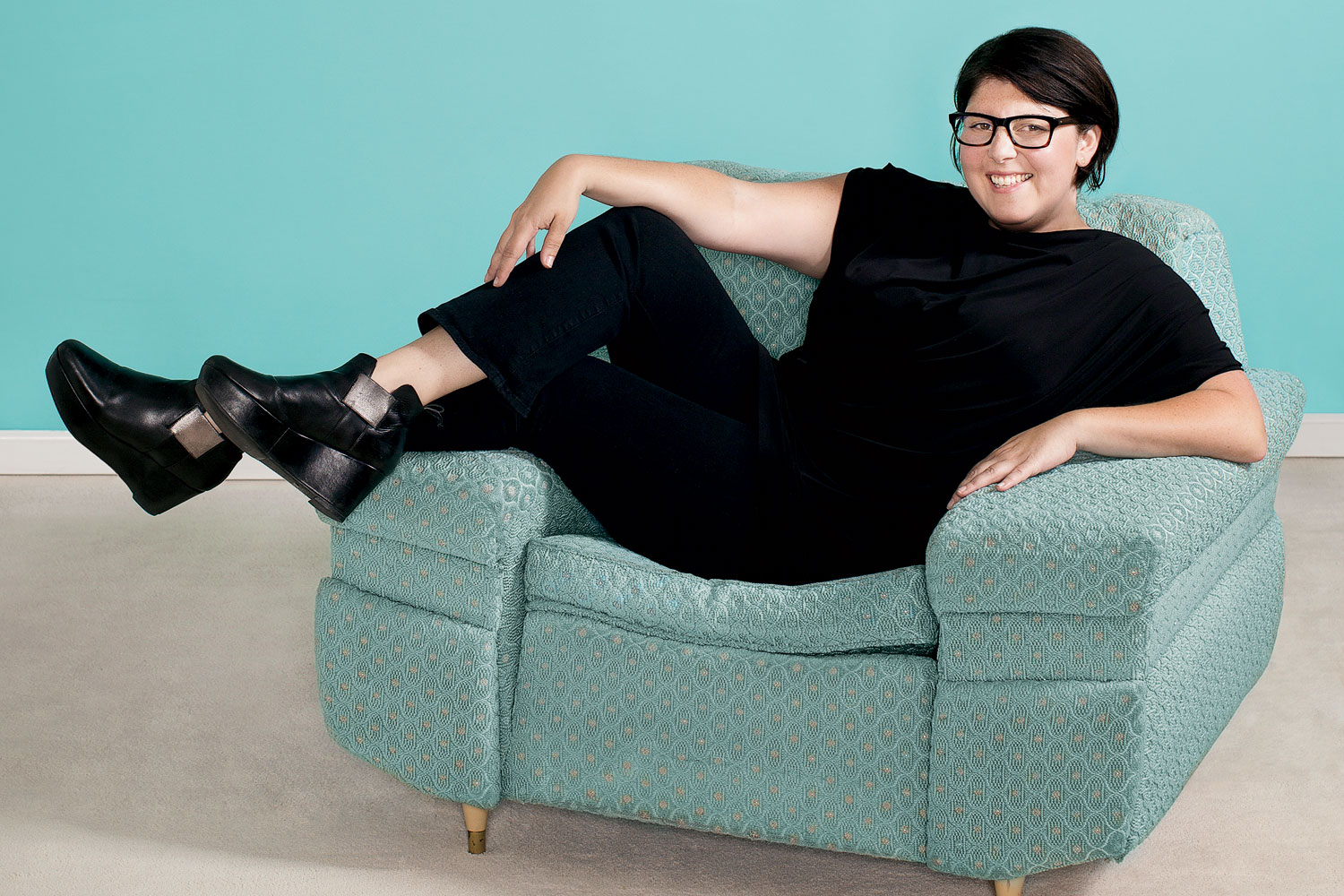Smart Museum, University of Chicago's fine arts institution, hadn't had a new director in more than 10 years before you came in. What’s your vision for it?
When I first came in, it felt like the place hadn’t been reexamined since it was renovated in the late ’90s. There are a lot of objects that have been in the same spot for a long time. Labels are starting to peel, and the signage is smudged. We’re going to change all that. But besides cosmetics, there’s also a real focus on Western art, and that’s what I want to completely reexamine. I want to create exhibitions that look at trends across global communities.
Where do you start?
One of the first things we’re doing is replacing all the furniture in the lobby. The way the museum’s set up now, there’s a massive visitors’ service desk and a big café that block any sense of the building’s architecture. I also want to create art packs for kids that say things like “Come in! Take a seat on the floor! Draw from the art!” I want to show people that, other than touching the art, you can kind of do whatever you want in a museum.
So if it’s not a place to silently observe, what is a modern museum?
All kinds of people should see themselves reflected. That’s why we’re starting with the show Welcome Blanket [open through December 17], a project by Jayna Zweiman, one of the women who created the pink “pussyhats.” She invites visitors into the gallery to join in knitting blankets for immigrants and resettled refugees.
That seems very different from a show at the Art Institute. Where do you see the Smart fitting into the city?
The Smart is freed from having to tell the story of art history and from having to be the place that always presents the most cutting-edge art. We can be a place that focuses on social and political issues, which feels really important to me right now.
Did you have a museum experience that inspired you to pursue this path?
Ever since I was a little girl, I’ve been drawn to this amazing Mary Cassatt painting of a little girl at Boston’s Museum of Fine Arts. She is wearing a fancy dress but kind of slumped in a chair and not very proper. In many ways, Cassatt was this early feminist figure before feminism was a defined idea. That painting will stick with me forever.




